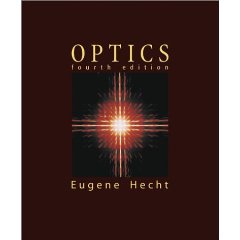1 = Near-infrared LASER beam
2 = Focussing lens (inverted microscope objective)
3 = Pinhole (in our case 10 micron)
4 = Collimating lens
5 = Collimated (expanded) laser beam
6 = Volume of water with algae and animals
7 = Objective lens
8 = Plane of 2D Fourier transform with binary filter
9 = Camera
With an optical set-up like this we can see phase objects swimming in the expanded laser beam. Here is a good example. The seahorse catches one brine shrimp larva and we can see the suspended algae all at the same time.
Eugene Hecht, OPTICS, 4th edition, would be the text book
For zooplankton specifically:
[1] Strickler, J.R. 1977. Observation of swimming performances of planktonic copepods. Limnol. Oceanogr. 22: 165-170.
[2] Strickler, J.R. and J.- S. Hwang. 1999. Matched Spatial Filters in Long Working Distance Microscopy of Phase Objects. In: Cheng, P.C., Hwang, P.P., Wu, J.L., Wang, G. and Kim H. [Eds.] Focus on Multidimensional Microscopy. World Scientific Publishing Pte. Ltd., River Edge, NJ. pp. 217-239.


